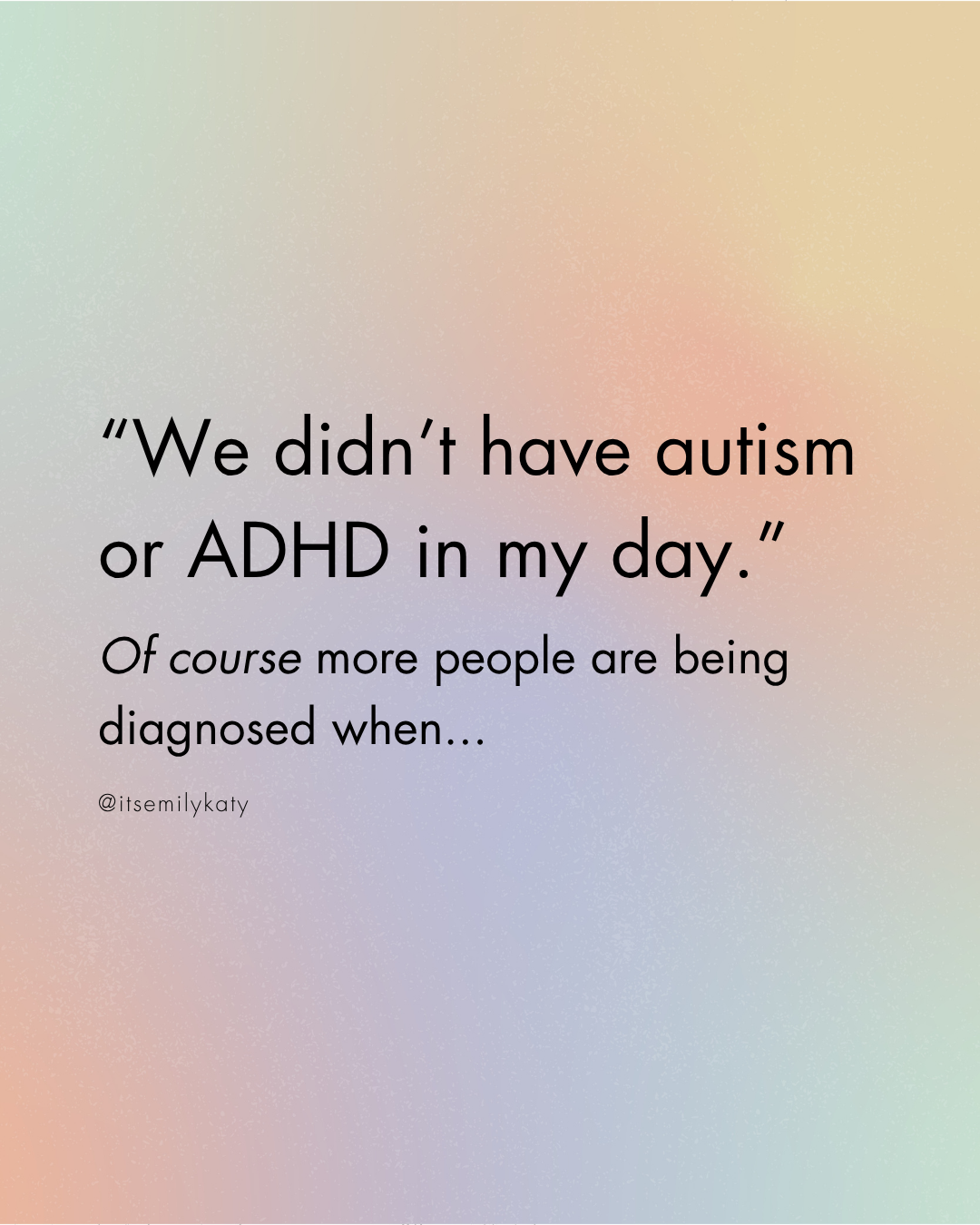Finding the right place to live can be a game-changer for your mental health. It’s not just about having a roof over your head; the environment you call home impacts your well-being, too. Here’s how choosing the right location can improve your mental health and overall quality of life.
The Power of the Right Environment
Imagine waking up to the gentle sound of birds chirping outside your window, the fresh scent of nature wafting through the air, and a beautiful view that invites you to start the day with a smile. Contrast this with the blaring noise of traffic, the gray of concrete, and a lack of green spaces. These contrasting scenarios highlight how the environment can shape our mental states.
But living in the right place isn’t just about aesthetics or convenience – it’s about creating a sanctuary that nurtures your soul. The right environment can significantly reduce stress, anxiety, and feelings of depression.
Key Factors That Improve Mental Health
Proximity to Nature
- Green Spaces – Access to parks, forests, and gardens has been linked to lower levels of stress and improved mood. Studies show that spending time in nature reduces cortisol levels and enhances cognitive function.
- Water Bodies – Living near lakes, rivers, or oceans can also be calming. The rhythmic sound of water can be incredibly soothing and meditative.
Community and Social Connections
- Supportive neighborhoods – Being part of a close-knit community where neighbors look out for each other can provide a sense of belonging and security. This social support is crucial in combating feelings of loneliness and isolation.
- Recreational opportunities – Proximity to cultural centers, museums, theaters, and recreational facilities can enrich your life with meaningful activities and opportunities for social interaction.
Climate and Weather
- Sunshine and mood – There’s a reason why people flock to sunny places. Exposure to natural light boosts serotonin levels, which can help improve mood and energy. Seasonal Affective Disorder (SAD) is a clear example of how the lack of sunlight can affect mental health.
- Comfortable climate – A mild climate with fewer temperature extremes can also make daily life more pleasant and less stressful.
Safety and Security
- Low crime rates – Living in a safe neighborhood reduces anxiety and fear, allowing residents to feel more relaxed and at ease.
- Secure housing – Having a stable and secure place to live without the constant threat of eviction or unsafe conditions provides peace of mind and reduces chronic stress.
Accessibility and Convenience
- Access to essentials – Proximity to shops, healthcare facilities, and public transportation makes life less stressful and more convenient.
- Walkability – Living in a walkable neighborhood encourages physical activity, which is known to have numerous mental health benefits, including reduced anxiety and depression.
Aesthetics and Ambiance
- Pleasant surroundings – Beautiful architecture, clean streets, and well-maintained public spaces can uplift your spirits.
- Quiet and peaceful atmosphere – A tranquil environment free from noise and pollution contributes to a restful living experience.
The Urban Retreat
- City parks – Many cities worldwide are investing in green spaces to improve the quality of life for their residents. For instance, New York’s Central Park and London’s Hyde Park offer their residents an escape from the urban hustle and bustle.
- Community centers – Urban neighborhoods with community centers and more opportunities to socialize often see residents enjoying a higher quality of life and better mental health.
The Coastal Haven
- Beach towns – Living by the sea is often associated with a relaxed lifestyle. Coastal towns like Santa Monica in California attract people seeking the mental health benefits of fresh sea air.
- Waterfront properties – Even within bustling cities, waterfront properties are highly coveted for their views and the peacefulness that comes with living near water.
The Suburban Sanctuary
- Suburban greenbelts – Suburban areas often provide a balance between urban convenience and rural peace. For example, suburbs with greenbelts or nature reserves, like those around Portland, Oregon, offer residents a peaceful retreat with easy access to city amenities.
- Family-friendly communities – Suburbs with good schools, safe parks, and family-oriented events create a sense of community and support, which is vital for families and individuals alike.
Finding Your Perfect Place
Choosing the right place to live involves more than finding a house that fits your budget. It’s about finding a location that aligns with your lifestyle, values, and mental health needs. Here are a few tips to guide your search:
- Assess your priorities – Determine what’s most important to you. Is it proximity to nature, access to cultural activities, or the quality of the local schools?
- Visit potential areas – Spend time in different neighborhoods to get a feel for their vibe and whether they resonate with you. Pay attention to how you feel in each environment.
- Consider your lifestyle – Think about how your daily activities and routines will fit into the new location. Does it support your hobbies, work, and social life?
- Research local amenities – Look into the availability of services and amenities that are important to you, such as healthcare, public transportation, and recreational facilities.
- Think long-term – Consider how your needs might change over time and whether the location can adapt to those changes.
Use property and roommate finders to discover the perfect place for you. With its detailed listings and advanced features, SpareRoom helps you find the perfect place for you, no matter what. Whether you’re thinking about renting in Houston, Texas, or living in the middle of Miami, SpareRoom has got you covered.
Conclusion
Living in the right place will promote mental health and well-being. Whether it’s the calming effect of nature, the support of a close-knit community, or the convenience of a well-connected neighborhood, the environment you choose to live in can significantly enhance your quality of life.
Hi! I am author + writer on personal development, beauty, relationships and self-care, sharing insights through this blog since 2018. After years of practicing personal growth, emotional wellness and feminine lifestyle (plus 19 years in a thriving relationship), I share effective and tested advice to help you foster beauty, self-improvement and order in your life. Some articles are written by a small team of beautiful writers I trust.











